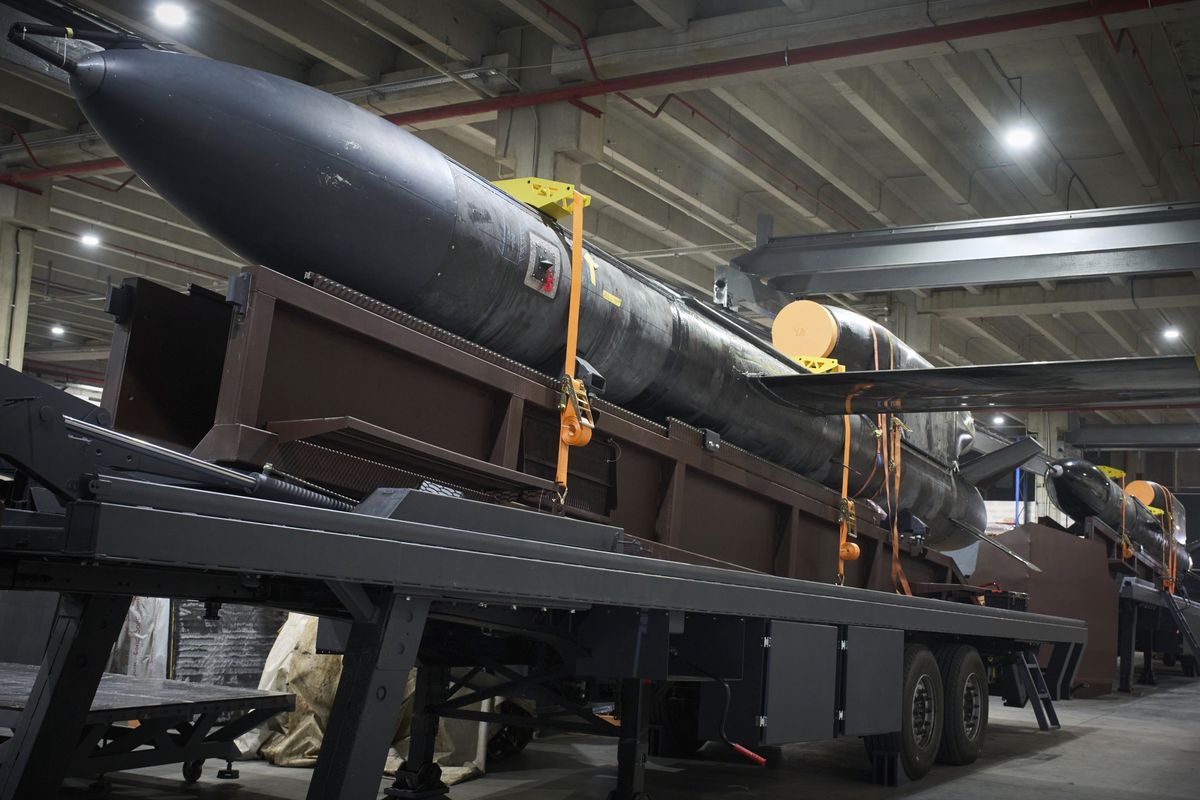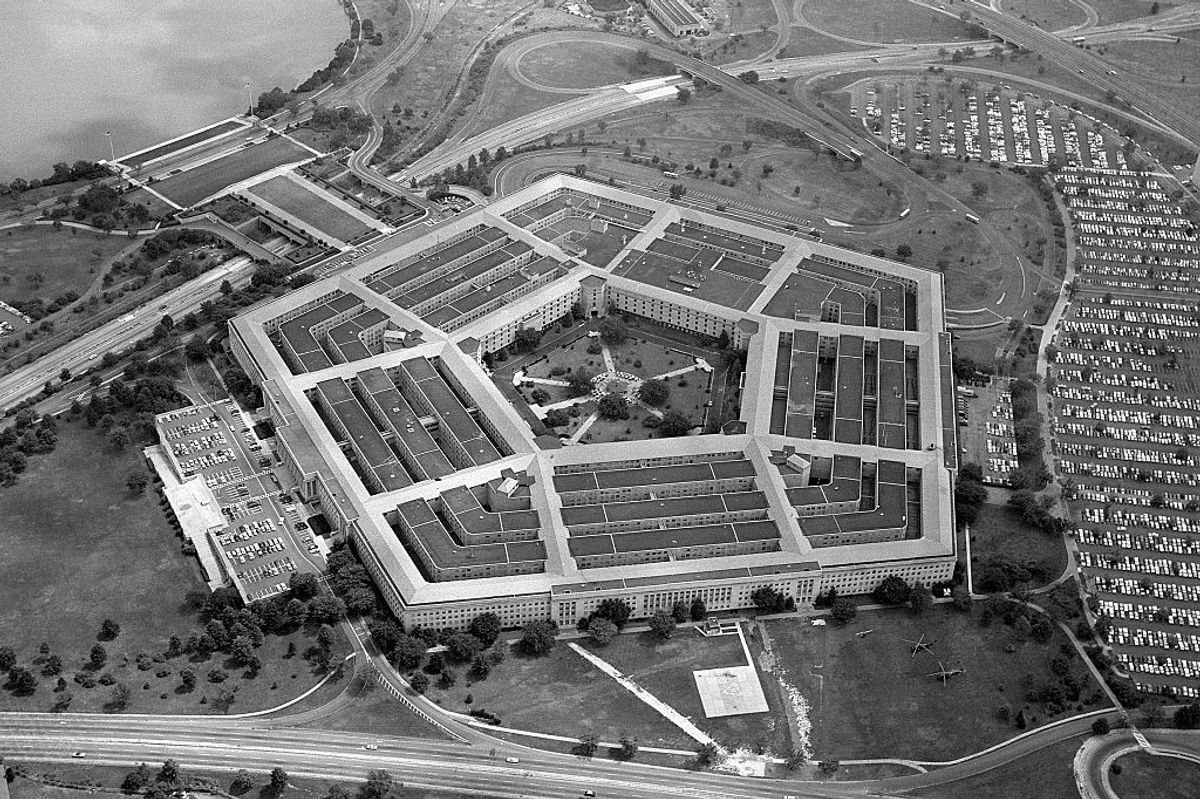CIPHER BRIEF REPORTING — A pair of top U.S. military commanders warned Congress last week of dangers in their areas of operations which could factor in a potential war with China: the catastrophic fallout from a conflict over Taiwan; and the risk that the U.S. is falling behind in both military innovation and non-kinetic areas.
In separate appearances, Admiral Samuel J. Paparo Jr., Commander of INDOPACOM, painted a nightmarish picture of what a Taiwan war might look like; and Army Gen. Bryan P. Fenton, Commander of U.S. Special Operations Command (USSOCOM), suggested ways in which the U.S. risked finding itself at a disadvantage in any such conflict.
In testimony before the Senate Armed Services Committee Thursday, Adm. Paparo warned that China is hastening its preparation for a war over Taiwan, and that such a conflict could shatter global economies, risk a nuclear conflagration, and potentially lead to half a million “deaths of despair.”
Two days earlier, Gen. Fenton told the Senate Armed Services Subcommittee on Emerging Threats and Capabilities that China is beating the U.S. in the “information operations” space, and that the U.S. military isn’t innovating quickly enough in a world in which the “character of war is changing faster than we've ever seen."
Imagining a Pacific war
Speaking one week after China carried out large-scale air and sea military drills off the coast of Taiwan, Adm. Paparo said Chinese aggressive military actions toward the self-governing island have increased by 300 percent since 2024. These are “not exercises but rehearsals,” for a possible forcible takeover of Taiwan.
Adm. Paparo added that China was accelerating its production of fighter jets and naval vessels, highlighting the fact that China now produces 1.2 jets for every American-made warplane, and 6 warships for every ship built for the U.S. And he singled out China’s growing air-to-air missile capability as a “tremendous threat.”
Those remarks echoed the opinions of experts outside the military. China is “continuing to build things that they need to invade Taiwan, and practice things they need to do so,” Lonnie Henley, a former intelligence officer and a Senior Fellow at the Foreign Policy Research Institute told The Cipher Brief at the conclusion of the recent Chinese military drills. “Western observers may think that China would never invade; China doesn’t seem to think that. China seems to think that invasion is certainly one of their options and, many would argue, their primary option for how to actually defeat Taiwan.”
Adm. Paparo said a war over Taiwan would likely cause what he called “500,000 excess deaths of despair.” Even a successful American intervention against a Chinese invasion, he said, “would [only] halve that impact, so still a grave result” and “a lot of human misery.”
Beyond the Taiwan Strait, Adm. Paparo said the economic disruption from a conflict would likely bring a 10-12 % drop in the U.S. GDP and a 25% reduction across Asia. And he warned that an already-tenuous set of alliances and partnerships were at stake. “Some of the states” in the Indo-Pacific “would submit … to China’s long-range goal of setting the rules of the world,” he said, while others – Japan and South Korea in particular – might choose to pursue a nuclear deterrent of their own.
Asked about the impact on the region of a burgeoning Russia-China-North Korea axis, Adm. Paparo warned that China-Russia military exercises suggested preparations for a potential joint battle against U.S. forces. He also said that China’s and North Korea’s military support of Russia’s war against Ukraine was having a domino effect, security wise, in the Indo-Pacific – given that Russia has reciprocated by providing China and North Korea advanced military aid, including missile systems and submarine technology.
Hans Kristensen, Director of the Nuclear Information Project at the Federation of American Scientists, told The Cipher Brief recently that China’s submarine fleet “is relatively small” and “a relatively noisy class” which would be “unlikely [to]... survive long in a sort of serious conflict with the United States.” Russian help, Adm. Paparo said, could make China’s submarine force a more potent threat.
Worries on the innovation – and information – fronts
While Gen. Paparo drew a harrowing picture of kinetic threats in the Pacific theater, Gen. Fenton raised concerns about the U.S. ability to effectively counter China when it comes to innovation, and in the space of information operations.
“There’s a sense that you may not win a war with information operations like you could with artillery,” Gen. Fenton told the Senate panel, “[but] you can certainly lose it if you’re not a key part of that, putting out the messages.” SOCOM, Gen. Fenton’s command, plays a major role in Pentagon information operations.
At the same hearing, Senator Jeanne Shaheen (D-NH) said China spends more than $1.1 billion on information operations, including disinformation and misinformation campaigns — which experts have said Beijing would likely use in tandem with any military action against Taiwan.
Colby Jenkins, acting assistant secretary of defense for special operations and low-intensity conflict, who testified at the hearing with Gen. Fenton, confirmed that the Pentagon spends “significantly less” than China on information operations.
Citing the recent firing of NSA Director and CYBERCOM Commander Gen. Timothy Haugh and the dismantling of Voice of America and other U.S. media entities, Sen. Shaheen asked, “Help me understand how we’re able to compete in the information arena when we don’t have anybody in charge and when we’ve lost a lot of our people who are doing that work? … Should we be doing more to resource those information operations?”
“My sense is that there is a void,” Gen. Fenton said. “You mentioned misinformation, disinformation by any adversary — there’s a void out there that’s not being filled by our message.”
“As the United States of America, we’ve got a great message to tell,” he added. “We take it, certainly in Special Operations Command, with our information ops professionals, to really work at that in concert with … our country teams, our embassy country teams, to put those messages out that assure populations or reassure — and also, at points in time, deter adversaries.”
On the innovation front, Gen. Fenton said the military must show more dexterity in its acquisition process.
"Our current acquisition procurement system ... I would just offer, it's outdated," he said. "It's glacial. I think it works in years and decades."
He echoed concerns voiced by Cipher Brief experts that the war in Ukraine had made clear the imperative of faster rates of change and innovation.
"What we're seeing through the lens of Ukraine needs to be an acquisition ... and procurement system that is hyper-speed, supersonic," Gen. Fenton said. "Because over there, we're watching the changes in minutes, hours and days, and that is a very stark contrast" to the U.S. approach.
He suggested the streamlining of funding streams that now pass through multiple Pentagon budget lines – operations and maintenance funds; research, development, testing and engineering funds; and procurement funds.
"I think there's a way to take a lot of that off, compress the multiple lines to just a couple, and really modernize there," Fenton said.
For his part, Adm. Paparo acknowledged that the U.S. military has drawn valuable lessons from the war in Ukraine, in terms of sophisticated autonomous weapons in particular, but he stressed several differences that would come into play in a Pacific conflict. For one, he noted that Ukraine can depend on much of Europe for logistics and supply, and that the Ukrainian theater has been limited for the most part to a relatively small area of fighting in Eastern Ukraine. A conflict in the Western Pacific would involve a war zone and military forces of much greater scale.
"There's a war of attrition in [Ukraine], and we're learning a lot about electronic warfare, and we're changing the game," Adm. Paparo said. "But if you think that's all of it and we can quit on everything else in the Pacific — how are we going to sustain everything else if we completely give up on air and maritime superiority in the Pacific? . . . The PRC [People’s Republic of China] has 2,100 fighters. They’ve got three aircraft carriers. They have a battle force of 200 destroyers. 'Oh, well, roger; we’ve got a couple of drones. No problem.'”
Ethan Masucol contributed reporting.
Read more expert-driven national security insights, perspective and analysis in The Cipher Brief













